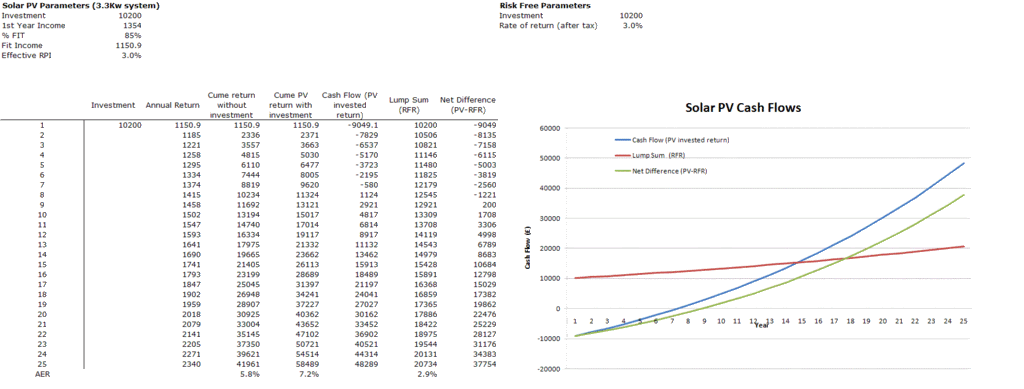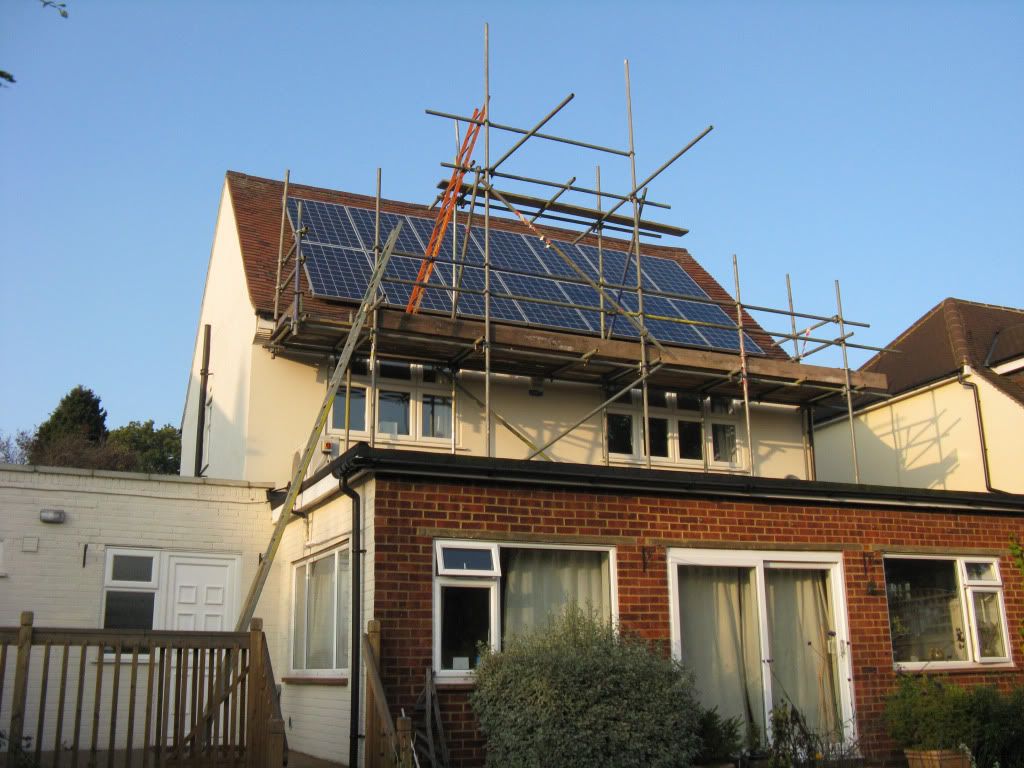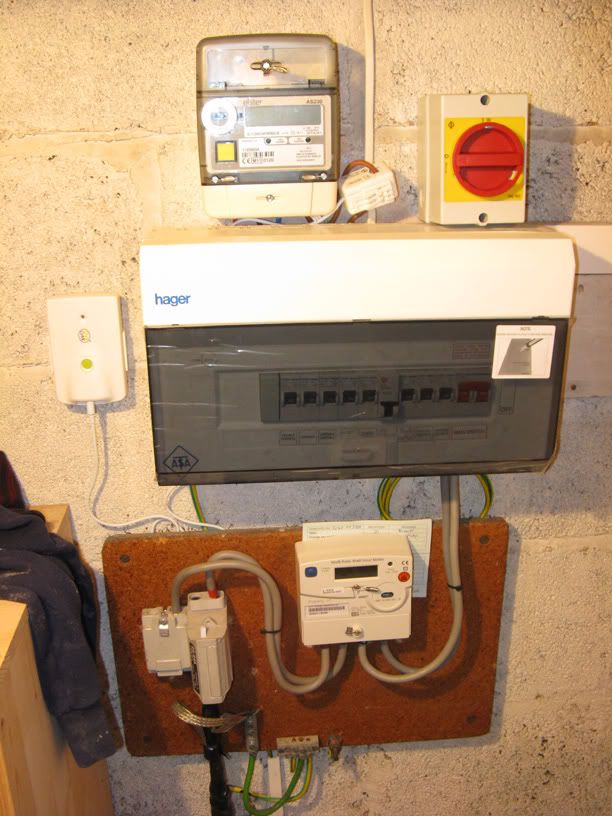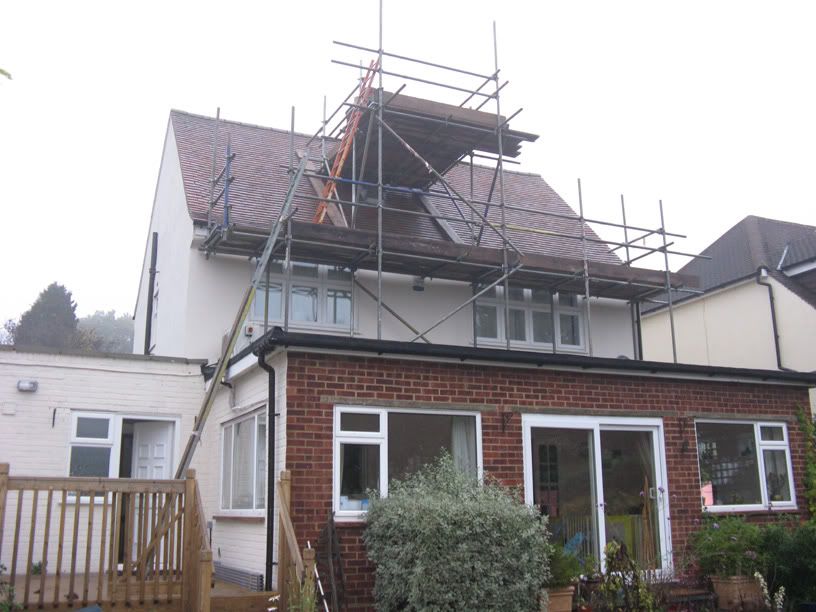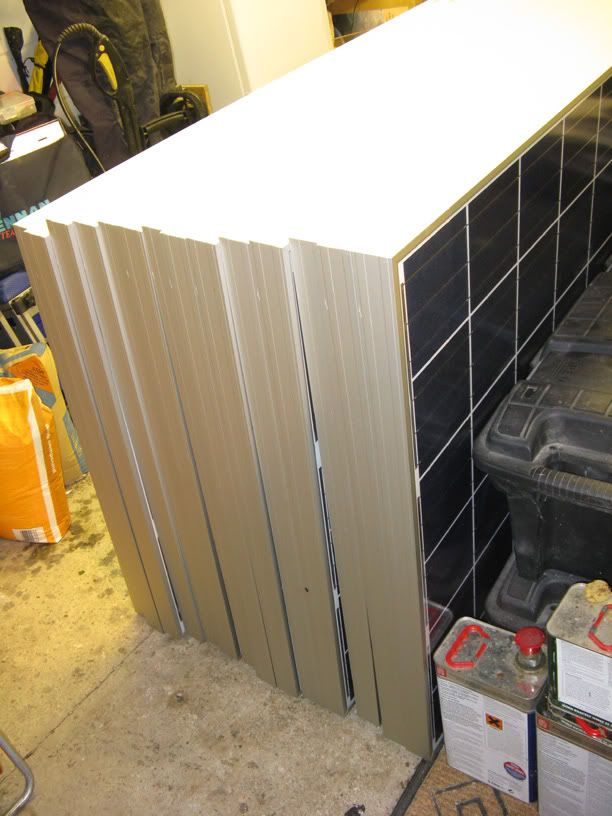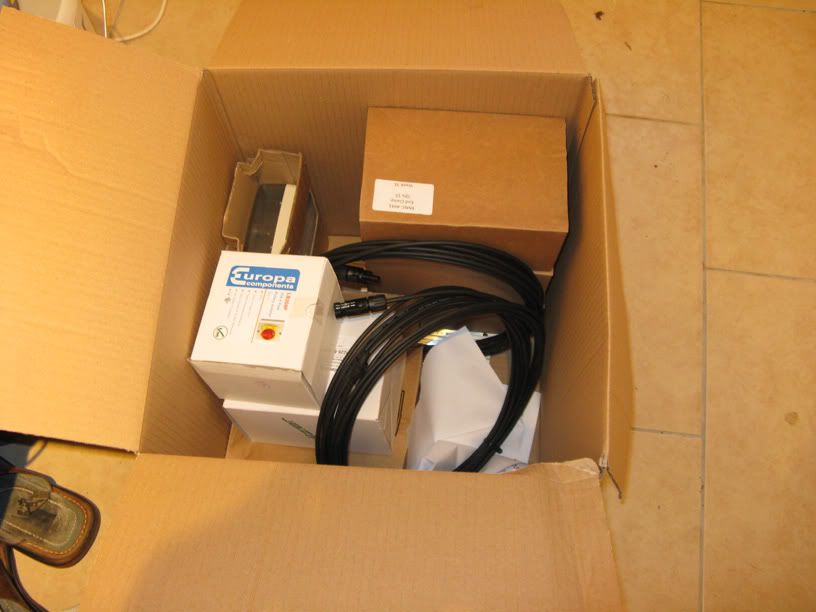By way of finishing the description of the system, I’d thought I’d better include a photo of the inverter which is mounted in the loft. This is Growatt 4400 unit, capable of handling about 4400W of power generation shared over three different array circuits. Whilst my current system is wired as a single daisy-chain of panels, it is nice to know that should I need to, I can split the array, or add further arrays in the future. This is of particular relevance should I decide to extend the house and/or have a loft conversion requiring a large dormer on the back of the house.
The unit itself is in the loft for a few reasons – it is out of the way, it is nice and cold (which improves efficiency) and it’s at the right end of the repurposed 13amp feed from the fuse board.
In all it’s a fairly uninspiring looking device, but it is heavy (about 20kg) and I suspect it’s just a huge transformer (or transformer equivalent) and a giant heatsink. According to the technical data, it is 98% efficient and has a power consumption of less than 5watts once output from the panels drops (i.e. at night).
One nice touch is the display. The two line LCD cycles through a variety of useful information input/output voltage, power, kWh per day etc. which is most informative. In order to make reading easier you simply knock gently on the case and the display become backlit for 30 seconds or so.
Given the remote location of the inverter, I really don’t expect I’ll be checking on it with any regularity. But that’s where the OWL monitor and the generation meter under the stairs come into their own.
Hopefully by next week I’ll have a few initials statistics to share, so it’ll be interesting to see how the first 7 days have gone.

